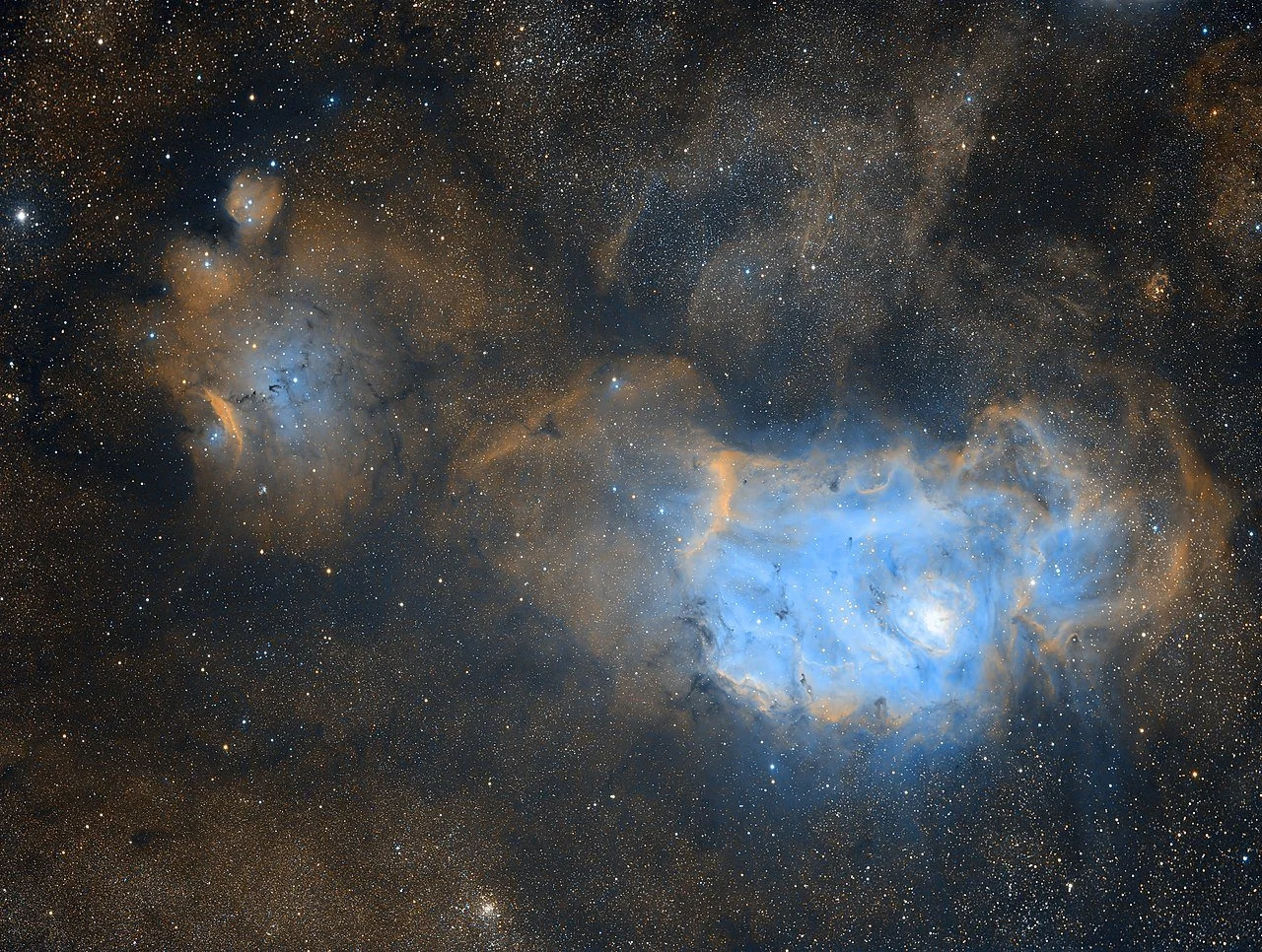In just under an hour from now, the path of the Sun across the sky will cross the celestial equator, marking the moment of equinox for September 2023.
The center of the Solar Disk will cross that line in the heavens at 2349 on 22 September for those located in the Pacific time zone of North America, which will be 0249 on 23 September for those located in the Eastern time zone of the same continent, and 1649 on 23 September for those located in Australia's Eastern standard time zone.
The image above shows the location of the sun from the perspective of an observer in the Northern Hemisphere located in California, with the North Celestial Pole towards the top of the image (which is where one would see the North Celestial Pole if located at that particular latitude in the Northern Hemisphere). The Sun's path that day (and at that particular moment) is crossing the line of the Celestial Equator (a line or ring in the heavens which is 90-degrees south of the North Celestial Pole) on its way SOUTH, thus leading to a situation in which the hours of daylight will be less than the hours of darkness on each particular 24-hour period, until the next equinox in March, when the Sun's arc will again cross that line.
Note that in California, the Sun will be below the horizon at the moment of this September Equinox, because it will be almost midnight.
The image below shows the same moment in time, from the perspective of an observer in the Southern Hemisphere (in Australia):
In this case, the Sun is sinking towards the western horizon but is still above the horizon, as it will be afternoon but not yet evening. Note that the North Celestial Pole is located below the bottom edge of the image, which is where the North Celestial Pole will be located for anyone in Australia: below the horizon at all times, because of the observer's southerly latitude. While they will not "feel" as though they are "upside down" (because gravity), they are located on the part of the sphere of our Earth that is the "bottom half" (if we use the convention that "North" is "up"), which means that when they look into the sky, they will be seeing the southern half of the heavens. The curve of the spherical earth will completely obscure the North Celestial Pole at all times for observers in Australia.
As we see, the Sun's path is crossing the same line of the Celestial Equator, and it is doing so in a southerly direction -- which means that, for observers in the Southern Hemisphere, the arc of the sun will be going HIGHER in the sky each day (because its path is moving towards the South Celestial Pole, towards the top of the second image). That means that hours of daylight will be growing longer than hours of darkness after the Sun passes through the point of September Equinox.
These two images all by themselves basically dis-prove the nonsense arguments of Flat Earth proponents.
The ancient myths of the world use the stars and heavenly cycles to dramatize profound truths for our blessing and benefit in this life. The September Equinox, which is the Fall Equinox for the Northern Hemisphere, is used by the ancient world-wide system as representative of our plunge "down" into a human body, at the moment of conception or of physical birth. Note that this moment takes place against the backdrop in the heavens of the stars of the constellation Virgo (clearly visible in both images).
My online courses at undyingstars.com contain many hours of on-demand videos which fully explain the celestial mechanics of the equinoxes and solstices, the Celestial Equator and the North and South Celestial Poles, and how the ancient Star Myths of the World (including the stories of the Bible) use those stars and heavenly cycles to dramatize powerful truths for our lives, including the recovery of Self and healing from psychological trauma.
I wish all who are reading this a peaceful and blessed Equinox for September 2023.


